What makes a great motorsport livery?
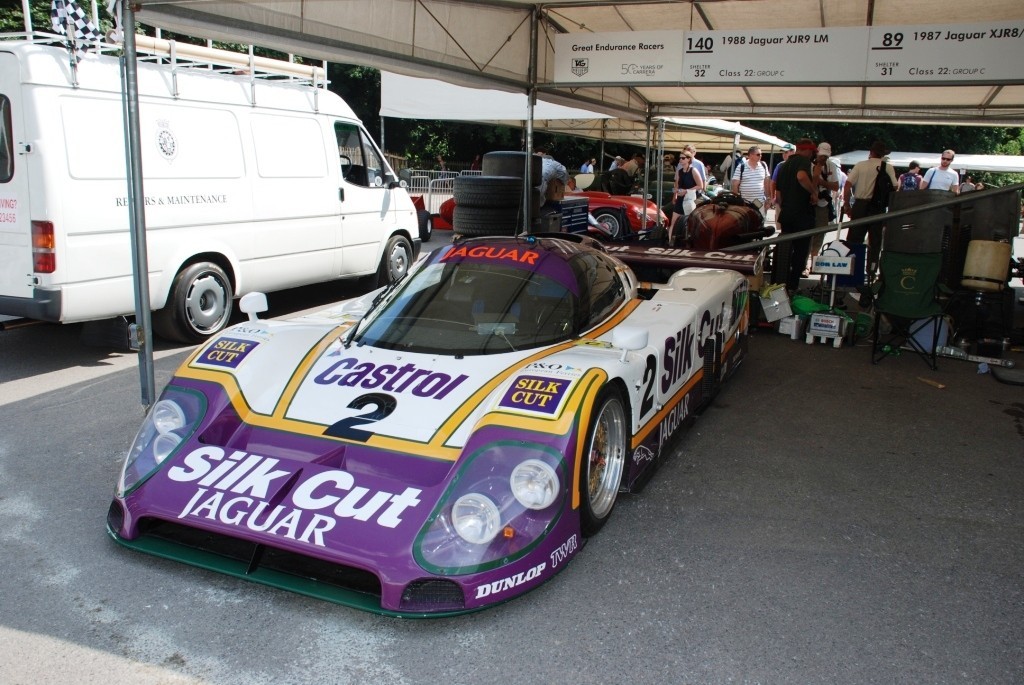

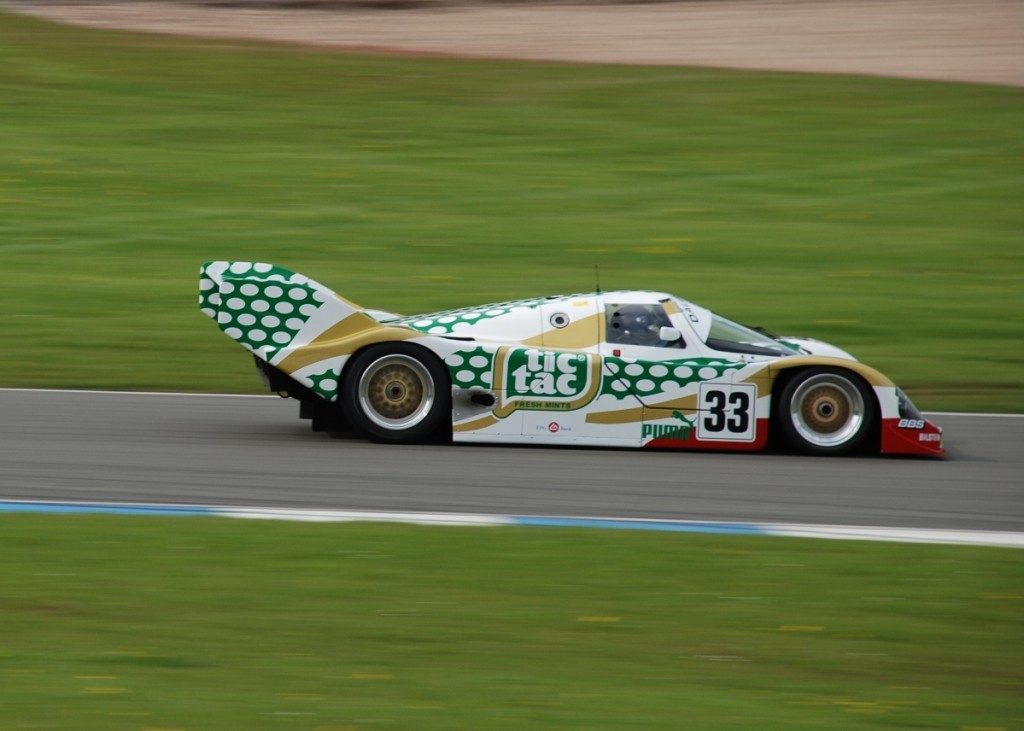
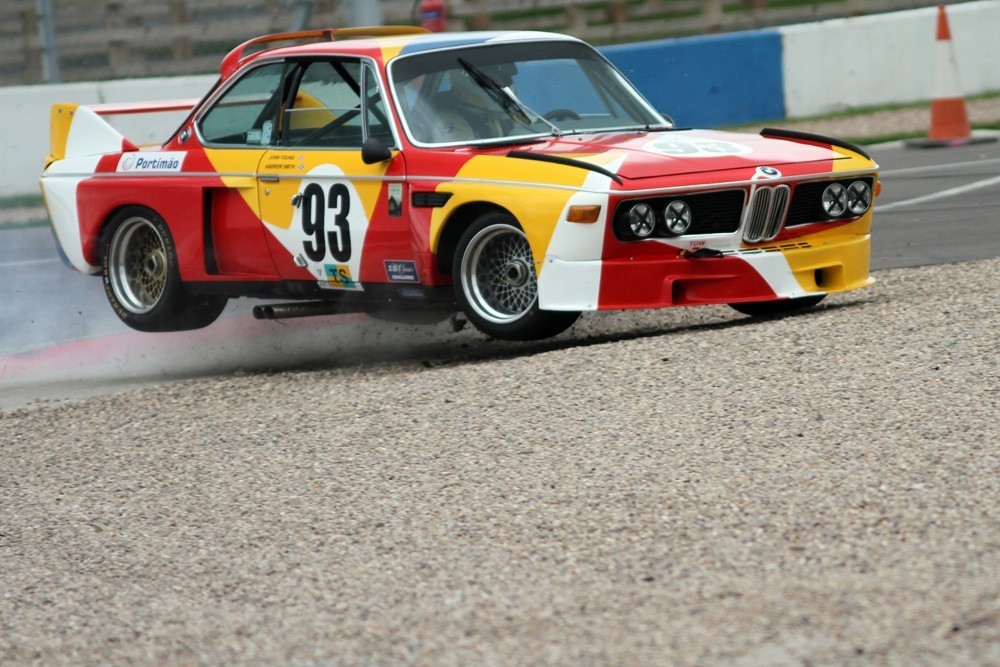
When, as part of their 70th anniversary celebrations, Porsche entered two retro-liveried 911 RSRs into the 24 Hours of Le Mans this year, they really caught the attention of the fans and motorsport media in a way that most sponsor-laden competitor cars couldn’t match. The “Pink Pig” with its butcher’s cut markings and the Rothmans blue and white car with distinctive red and gold stripes celebrated two of the most head turning designs from the marques racing history.
The fascination with sporting colours of the past such as these and the recent Martini “Moby Dick” GT2 RS from Porsche Retail provoked a lament on Twitter from automotive design commentator Drew Meehan who, whilst acknowledging the cool retro looks, would love to see manufacturers establishing new liveries now so that we will have something great from this era to look back on in the future.
What followed was a lengthy and increasingly international discussion involving a number of well informed participants including vehicle designer Nir Kahn, motorsports design blogger Dennis Schmidt, industrial and automotive designer Renato Tarditti, Omologato designer Shami Kalra as well as petrolhead gamer Lee and myself – all trying to figure out just what makes a great motor racing livery and pondering why they seem to have become a thing of the past? I’ve tried to capture here the avenues explored and outcomes reached in the hope that car manufacturers’ Motorsport Directors will take note.
Does it have to be based on a tobacco brand?
Whilst it’s true that many great liveries have come from cigarette makers; Gold Leaf, John Player Special, Marlboro and the aforementioned Rothmans are all good examples, we could also point to oil companies like Castrol and Gulf as well as other brands like Alitalia and of course Martini.
So these were all brand sponsors and not manufacturers, why don’t we get that now? Do the manufacturers want to retain control of their car’s identity and not let title sponsors dominate the visuals or are there just fewer brands investing enough in sponsorship to be able to cover the car? Red Bull is an obvious exception to this, but who else is there?
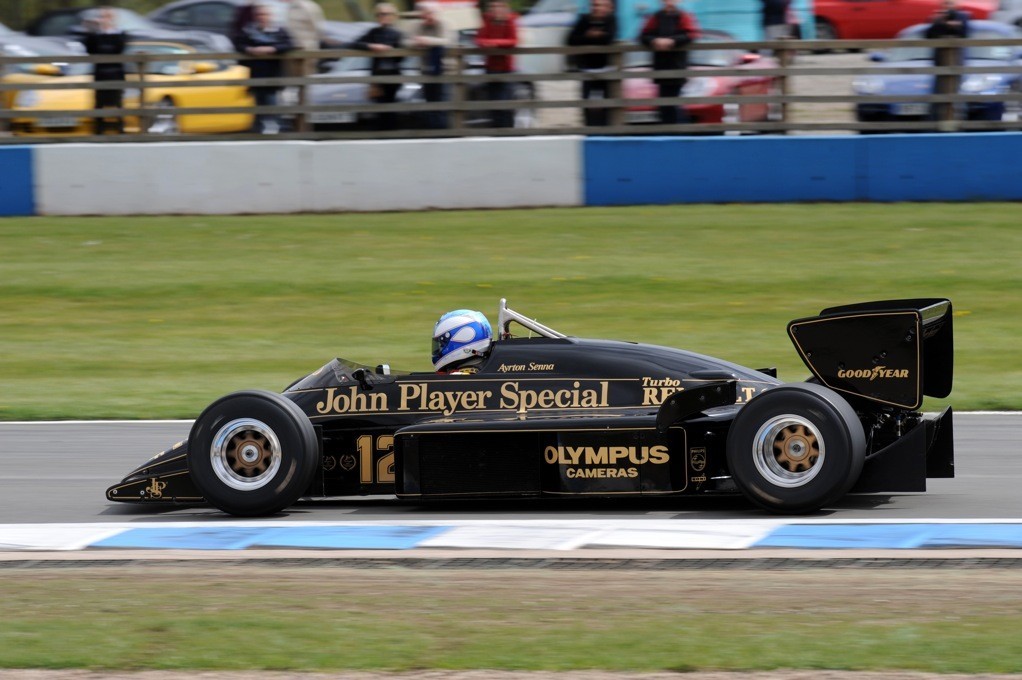
But it is still about a brand, right?
Yes, and no. The successful brand liveries have been simplistic and flexible enough to be modified and evolved beyond their marketing department’s brand rule-book even to the extent of losing the brand logo itself. Martini’s red, navy and blue stripes are a case in point having been applied in varying widths and sweeping curves across multiple race formulae and differing base colours, each time complementing the car’s contours and surfaces. Again Red Bull covers many racing formats, but would it be flexible enough and recognisable enough to forego its brand name and the bull on one of its cars?
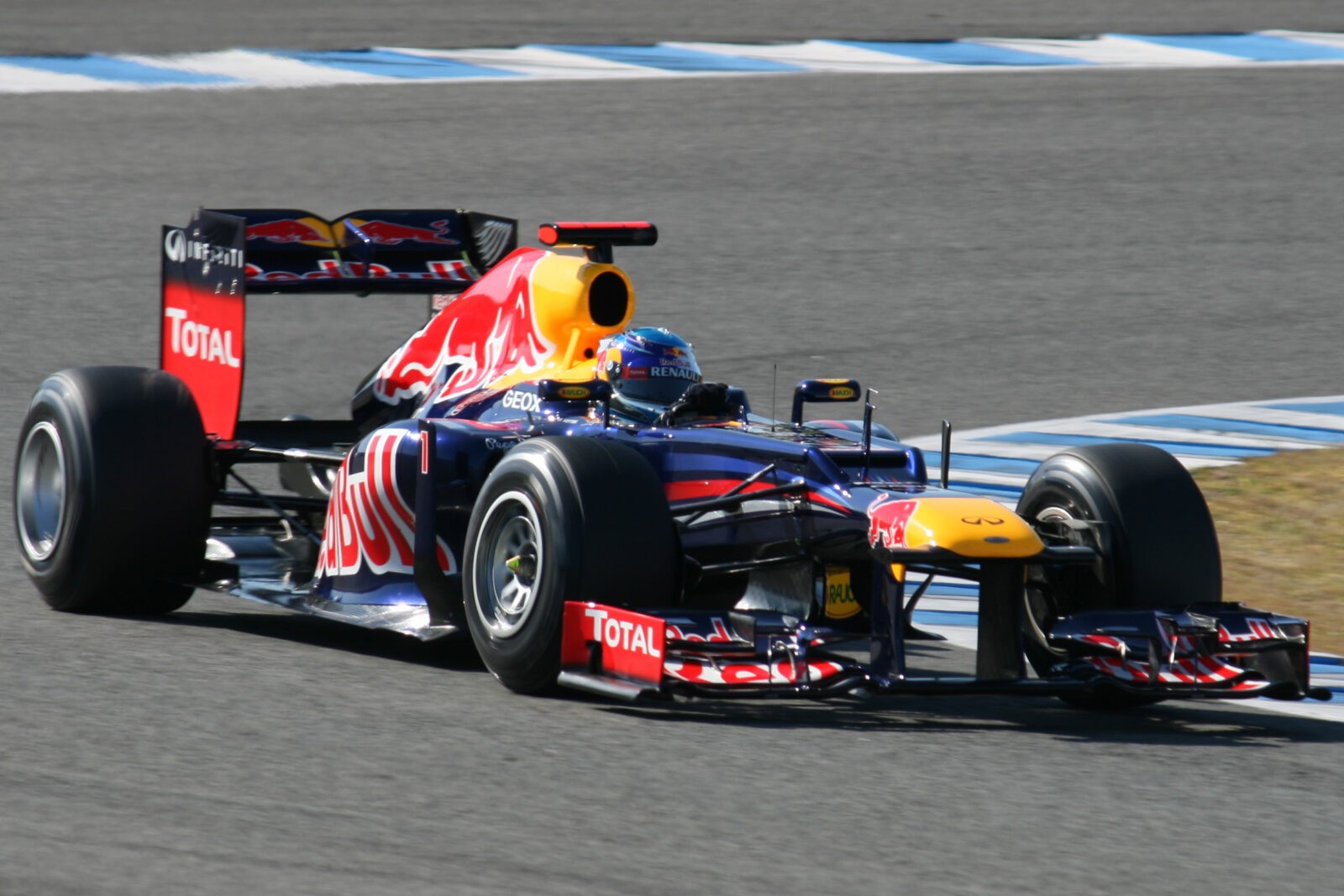
Are there great manufacturer liveries?
There are certainly some that stand out, but few have evolved in the way we have seen with Martini or Gulf Oil. BMW Motorsport’s sky blue, navy and red stripes (typically on a white car) survives now as a discreet flash on the badge of its M-spec road cars. The red, navy, yellow and blue of Peugeot’s mid-80’s Group B rally cars also comes to mind, but where is this now?
The only current (and evolving) manufacturer livery noted was Aston Martin Racing who for the last few years have sported a dark AMR green car with a lime yellow stripe and highlights. This year with the new Vantage GTs, it has flipped to all over lime yellow with dark green markings, but is it still identifiable as an Aston works car and is it yet great?
Does sporting success make a livery great?
A car that wins is always going to get noticed and whilst this plays a part, it wasn’t deemed crucial to the livery’s greatness. The Porsche 917 for example has worn many memorable liveries, but we don’t remember whether they all won races? The “Pink Pig” 917/20 variant for example didn’t even finish at Le Mans in 1971.
Are today’s racing cars hard to livery?
The actual shape of a car can make it harder for a livery to work or stand out. On modern F1 cars for example, the structures are so intricate with so many distracting elements and discontinuities it is difficult for even a single stripe to flow harmoniously from front to back. The Williams 2018 car demonstrates this well with the Martini stripes remaining relatively low key from the front until they get level with the air box when they can finally flourish and be more visible.
So in summary?
Let’s try and wrap it up in just a sentence – what makes a great motorsport livery?
Aesthetically pleasing and uniquely identifiable brand colours or graphical devices that are simple, but can evolve and be flexibly applied across many types of car to work in harmony with or accentuate the shape of the car – plus the magic ingredient of… time!
I saved time until last as it seems that nostalgia plays the biggest part in whether racing liveries are classed as great. They take us back to a time we regard fondly (and maybe subjectively) as a golden age of motorsport; whether in our youth or even before we were born. So in some ways Drew’s original observation had given us part of the answer all along, we may need the passage of time before we value what we have now.
Whatever today’s hopes for our future nostalgia, we are currently well-served with tributes and reminders of past motorsport glories and great liveries in all manner of wearable product offerings; from Heel Tread socks through to Omologato watches like the Racing Chrono and the new Le Mans Racing Black.
So when you next pull up your socks or check the time you can pause, just for a moment, and be redlining down the Mulsanne straight with a flat-12 howling behind you.
(my thanks and credit to all the discussion contributors)
Read more on

Do you have a passion for cars? Would you like to join the My Car Heaven team?
Get in touch, we'd love to hear from you.
Find out moreRelated Stories
Advertisement Advertisement
Advertisement Advertisement
Advertisement

